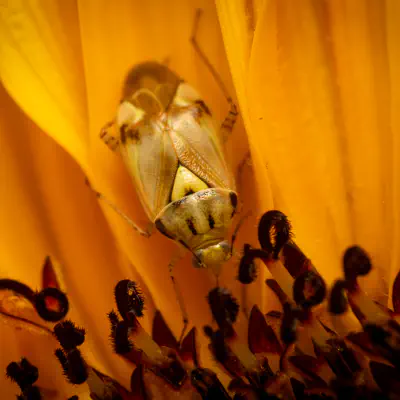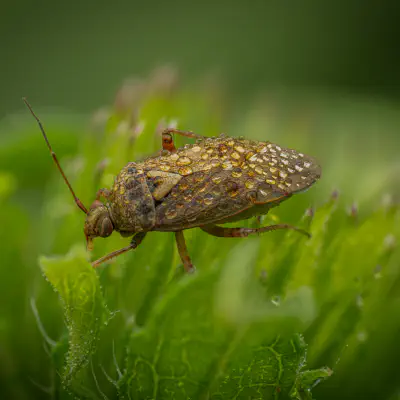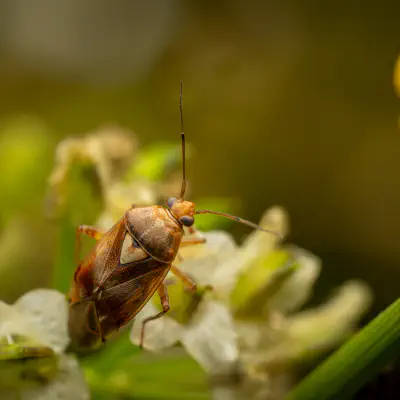This species can be found in most of Europe, in Africa, in Northern Asia (excluding China) and in the Indomalayan realm. These bugs prefers heaths, hedge rows and meadows (hence the species name pratensis, meaning of a meadow).
Lygus pratensis (lat. Lygus pratensis)
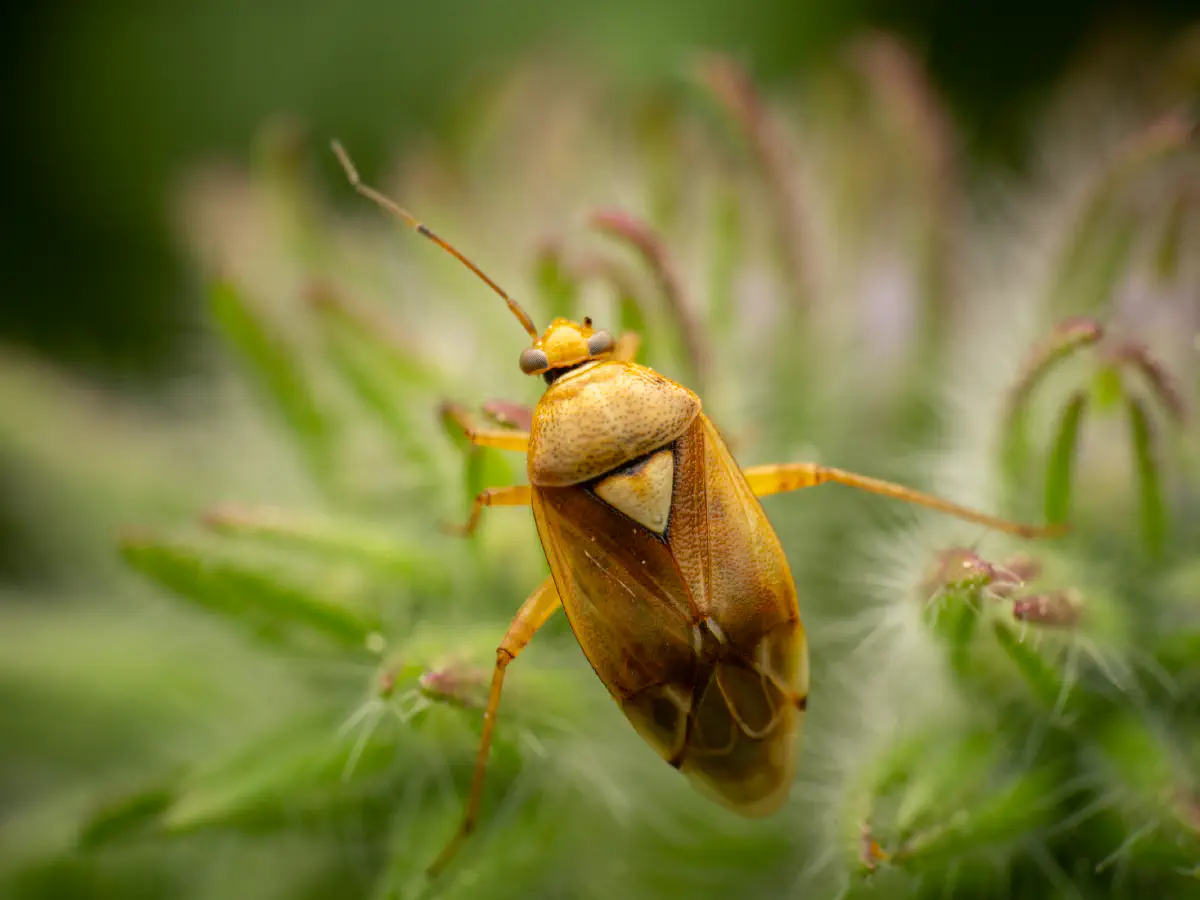


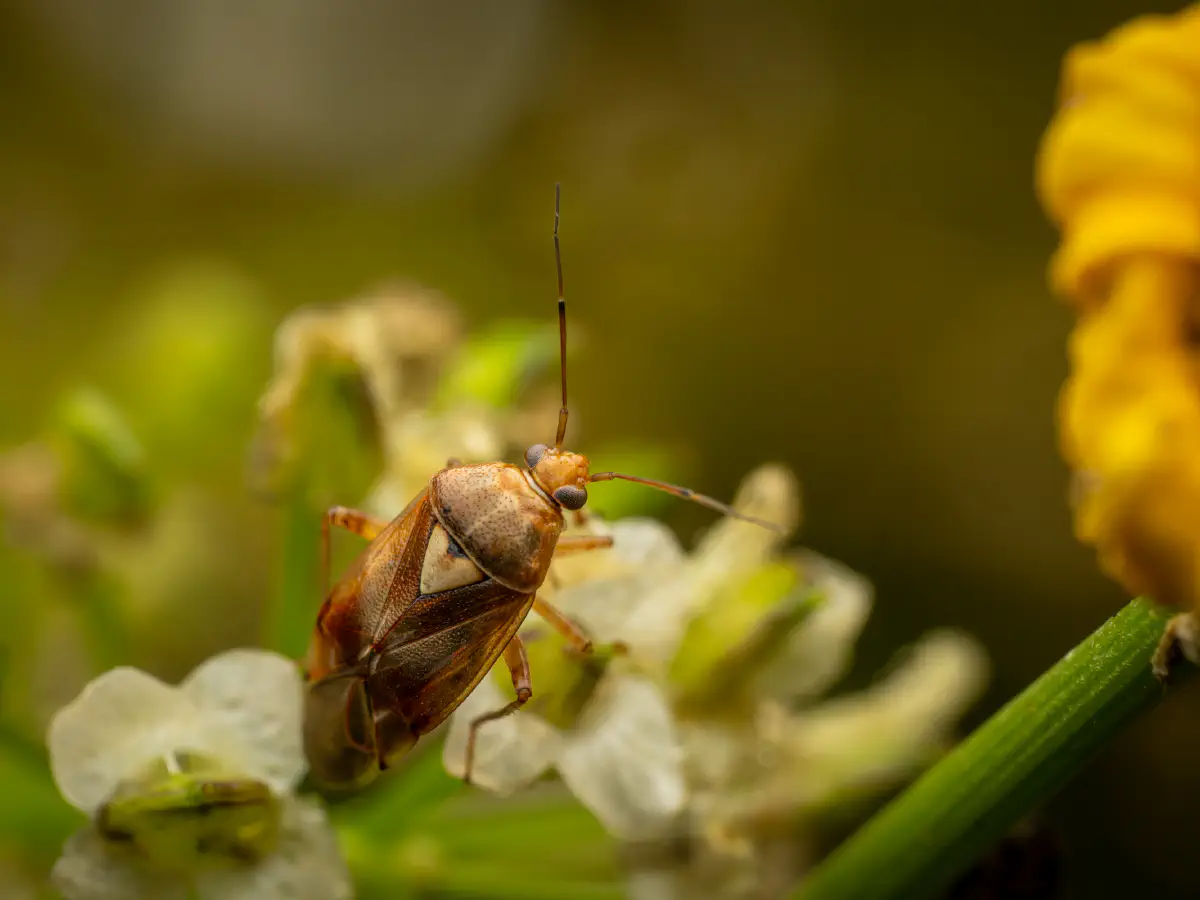
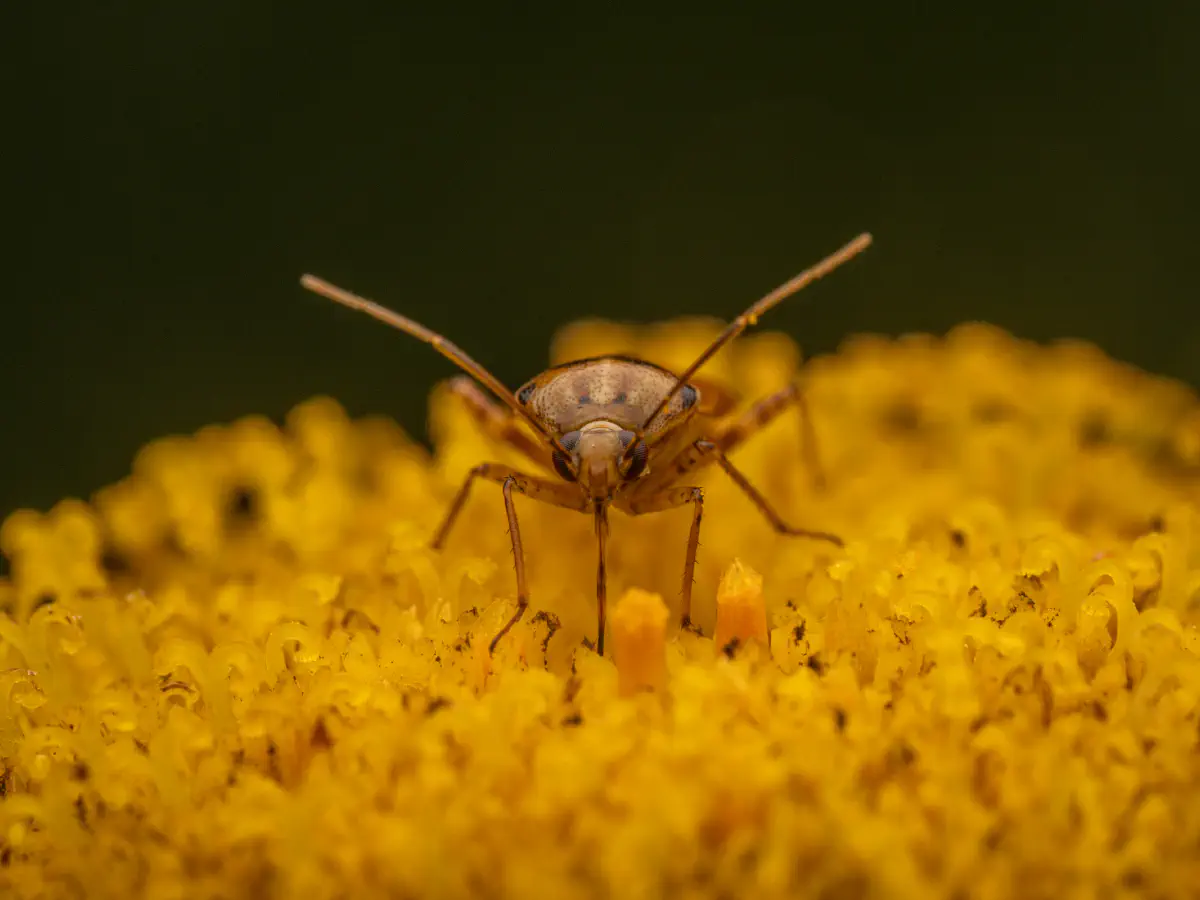
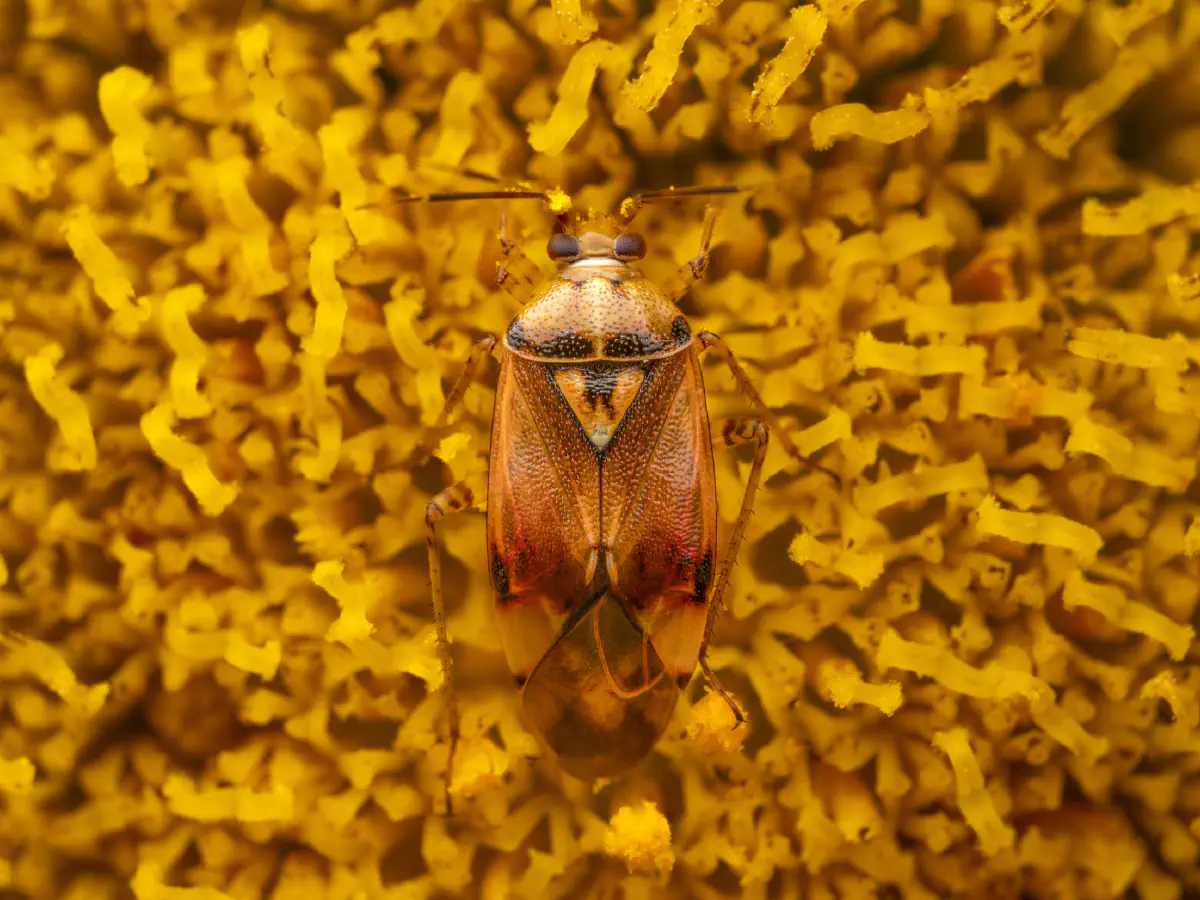

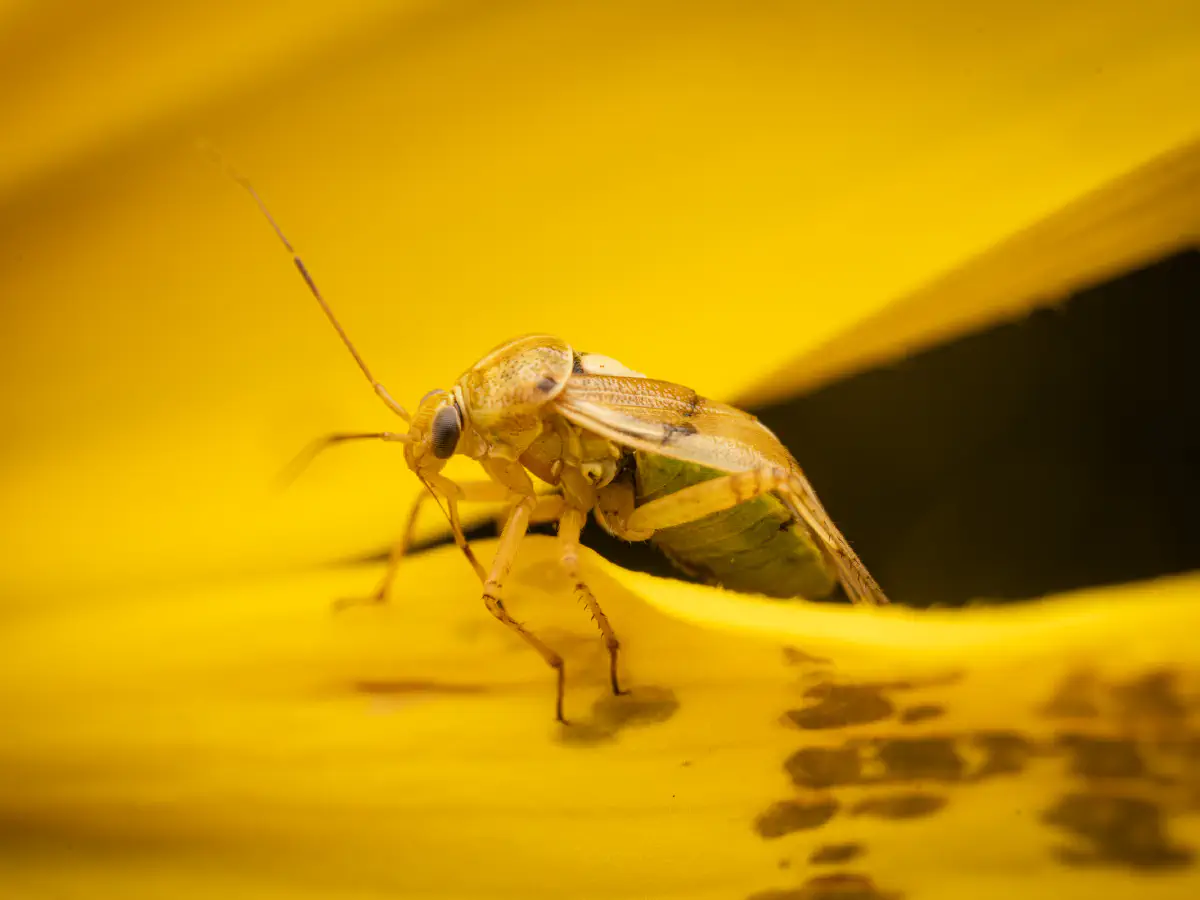
This is not intended to be a dry lexicon. Personal stories and sensitive articles form the framework for our pictures: „The Spanish crane fly“
Is Bavaria the new Barcelona? Mio, the mosquito, experiences climate zones gone astray.
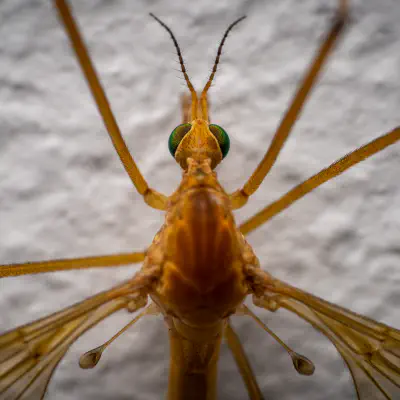
„Lygus pratensis“ also appeared in the following editions of Arthropods Daily
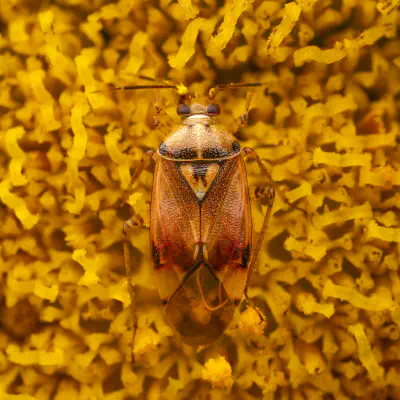
No. 552 |
Lygus pratensis
Lygus pratensis is a species of plant bugs belonging to the family Miridae.

No. 549 |
Lygus pratensis
Lygus pratensis is a species of plant bugs belonging to the family Miridae.

